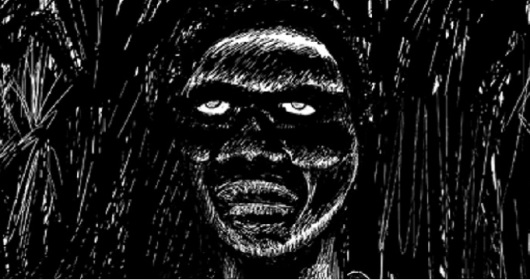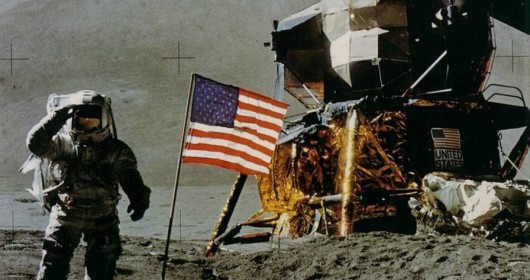The Whole Is Always Less Than the Sum (2nd article)
“A fourth of publicly held corporations with headquarters in California don’t have any women on their boards of directors. These companies have not done enough to increase the number of women on their boards despite the Legislature’s urging, making government intervention necessary, Jackson said. ‘This is one of the last bastions of total male domination,’ she said. ‘We know that the public and business are not being well-served by this level of discrimination.’ The California Chamber of Commerce argued that the composition of corporate boards should be determined internally, not mandated by government.”
2. Philosophers find unusual things empowering.
“For me, if a thing exists, it exists in the same way as another thing. If there are such things as football teams, they exist in the same way as football players. They’re not more or less real than football players. So, there’s one football team. There’s lots of players on that team. Therefore, the whole is always less than the sum of its parts. This is so empowering once you accept it. For example, weather is so obviously a symptom of climate. There’s no point at all in wondering whether this or that storm was caused by global warming. Everything is being caused by global warming. But that doesn’t mean that being a symptom of global warming is everything that your local weather is. Weather is this delicious sensation on my arm. Weather is an example of how the whole is always less than the sum of its parts.”
3. There’s some future where service robots are mostly a “Vegas thing.”
“Under the contract, the union is also given up to 180 days notice before a new technology is implemented. And that is already being seen in some hotels where workers who chopped salad have been replaced by automation. Some automation is bringing in more employees. Take, for instance, The Tipsy Robot, a bar equipped with two robot bartenders that can make drinks with its robotic arms as orders come in from a tablet. No more questions on how to make the perfect Manhattan.”
“The Bill of Rights has been treated as a scrap of paper in most of the Southern States insofar as the common people, black and white, are concerned. The right to vote, to join a union, to speak, to write, to move about freely, to a fair trial, are only hollow phrases to a majority of the people in the South.”
+ Dug this up while researching Jessica Mitford, literal royalty who became a civil rights leader within the Communist Party infrastructure and then a famous investigative journalist. If you’ve read Color of Law, it was her and the Civil Rights Congress that defended the Gary family from a mob after they moved into a whites-only part of Richmond, CA.
“Society members could not measure brain function; they could only pledge to invest hours of their time working to bring someone back to life. But they had some technology to work with. Society members could build up fires and create an atmosphere capable of warming the body. They could rub the body with cloth or a warming pan and tickle the body with a feather or use snuff ‘to excite sneezing if possible.’ The pamphlets recommended a device called a fumigator to blow tobacco into the bowels to stimulate the body. If there was not a fumigator handy, they could use an everyday tobacco pipe, inserting the stem into the anus and blowing through a cloth into the bowl.”
“ChuChu is but the largest of a new constellation of children’s-media brands on YouTube that is spread out across the world: Little Baby Bum in London, Animaccord Studios in Moscow, Videogyan in Bangalore, Billion Surprise Toys in Dubai, TuTiTu TV in Tel Aviv, and LooLoo Kids in Iași, a Romanian town near the country’s border with Moldova. The new children’s media look nothing like what we adults would have expected. They are exuberant, cheap, weird, and multicultural. YouTube’s content for young kids—what I think of as Toddler YouTube—is a mishmash, a bricolage, a trash fire, an explosion of creativity. It’s a largely unregulated, data-driven grab for toddlers’ attention, and, as we’ve seen with the rest of social media, its ramifications may be deeper and wider than you’d initially think.”








Leave a Reply